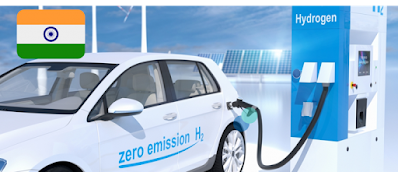Honda will sell only battery and fuel cell electric vehicles by 2040

The automaker has said that only electrified vehicles will be rolled out in North America. Honda has announced its key target plans for the sale of electric and fuel cell electric vehicles (FCEVs) in North America. It intends to make those zero-emission vehicles the only type of vehicles they sell by 2040. Battery electric and FCEVs will represent 100 percent of Honda’s sales by that year, said the plan. According to Honda’s timeline for rolling out its zero-emission vehicles, the first major target will be in 2030. By that year, it already expects 40 percent of the vehicles it sells to be electric or fuel cell electric vehicles. Five years later in 2035, that percentage will double to 80 percent of the total vehicles it sells per year. Then, after another five years have passed, in 2040, 100 percent of new Honda vehicle sales in North America will be zero-emission producers. The automaker sees FCEV technology as a strong component of the complete solution toward decarbonizing transpor





